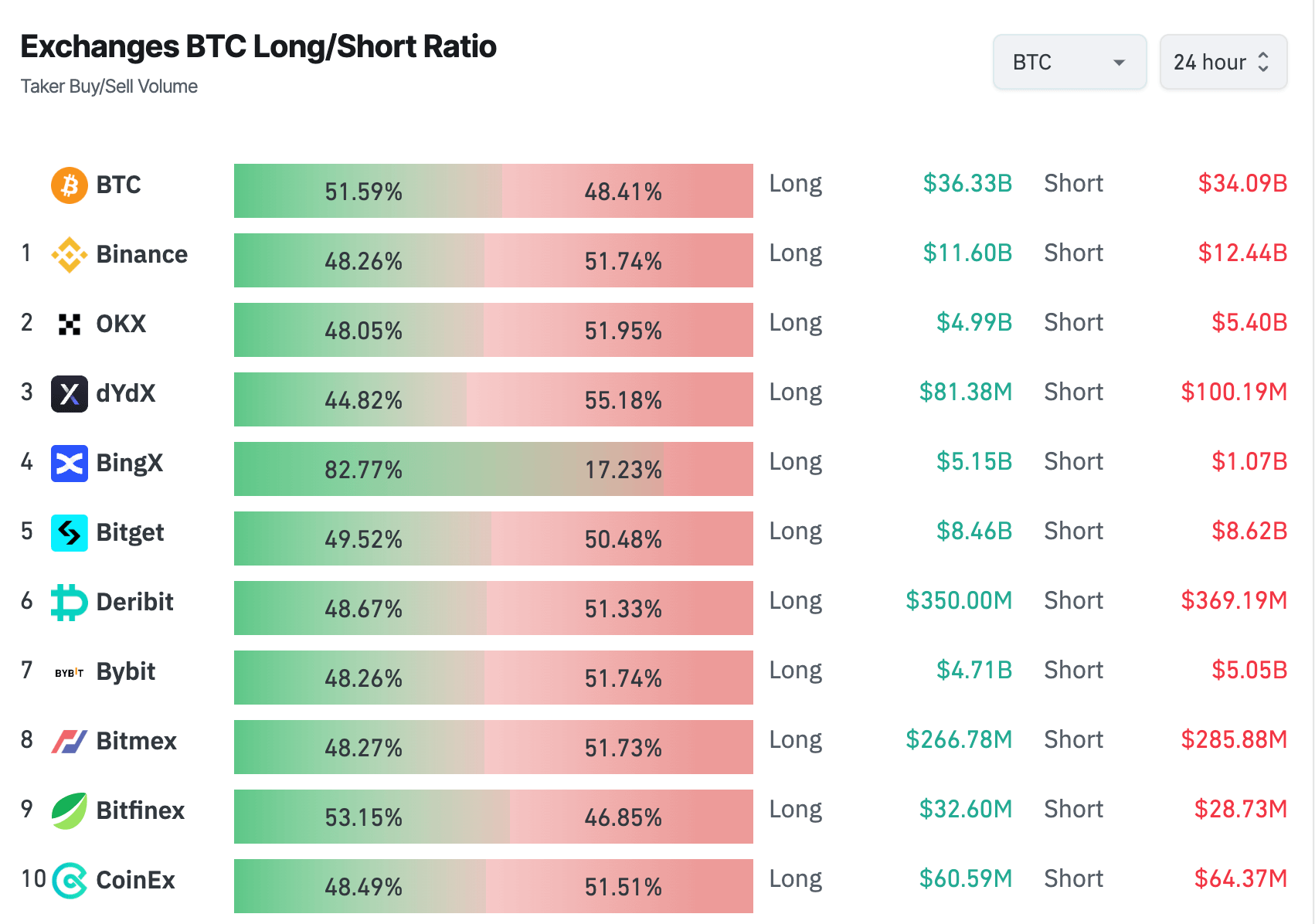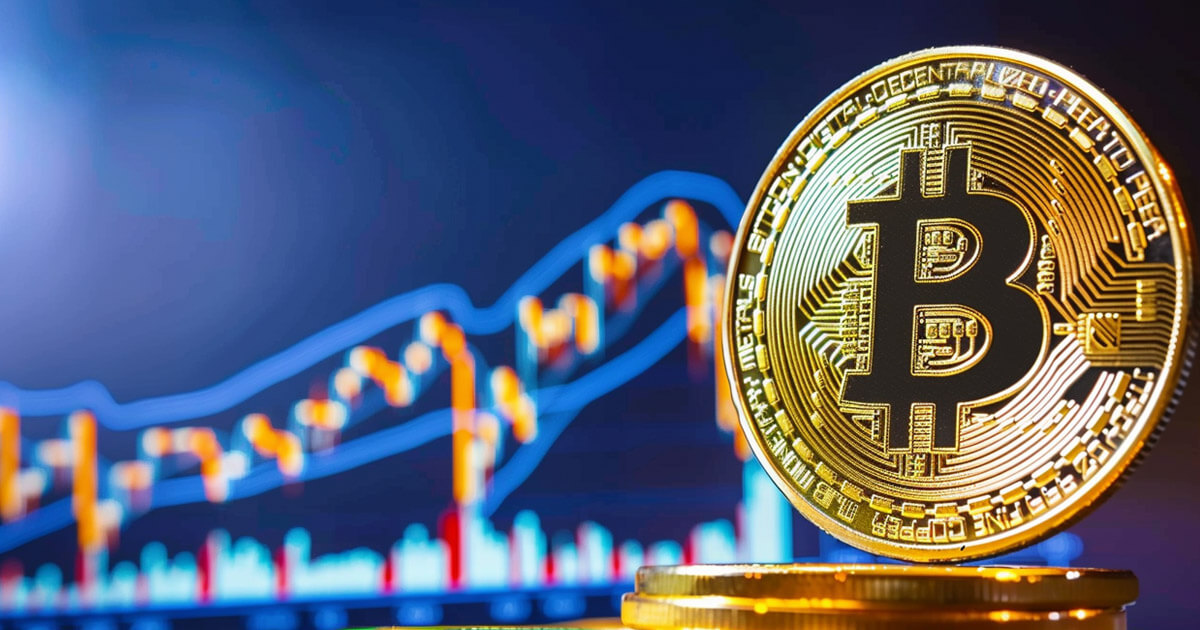Bearish tilt in Bitcoin futures as open interest contracts
Analyzing the ebb and flow of futures contracts across exchanges can provide invaluable insights into the market’s collective outlook. The state of open interest in Bitcoin futures and the ratio between long and short positions can help us determine whether the market is bullish or bearish and anticipate potential price movements. Over the course of […] The post Bearish tilt in Bitcoin futures as open interest contracts appeared first on CryptoSlate.

Analyzing the ebb and flow of futures contracts across exchanges can provide invaluable insights into the market’s collective outlook. The state of open interest in Bitcoin futures and the ratio between long and short positions can help us determine whether the market is bullish or bearish and anticipate potential price movements.
Over the course of 24 hours between April 9 and April 10, the futures market experienced a slight but notable shift. Open interest, a measure of the total number of outstanding futures contracts that have not been settled, decreased from $35.17 billion to $33.77 billion. This decline in open interest, alongside a 4.55% decrease in long positions to $39.65 billion and a minor 0.38% decrease in short volume to $37.31 billion, indicates a cautious retraction in market participation. These figures suggest a slight bearish tilt in trader sentiment in the past 24 hours.
The fluctuation in the futures’ long/short ratio over the last few weeks illustrates how the market felt. While the ratios oscillated, they generally remained positive, making it evident that the market is leaning toward a bullish stance. However, confidence levels have varied in response to Bitcoin’s price volatility. A peak of 1.1561 on April 8 correlated with a surge in Bitcoin’s value after a correction, while a dip to 0.9712 on March 29 mirrored a wave of bearish sentiment that came after BTC failed to meet market expectations.

A closer look at the distribution of long and short positions across various exchanges reveals a very diverse landscape of trader sentiment and strategy. For instance, BingX stands out with a significantly higher proportion of long positions (82.77%) than shorts (17.23%), indicating a particularly bullish sentiment among its user base or strategic positioning of the exchange’s traders.
On the other hand, platforms like Deribit and Bitget, with ratios hovering around 50%, indicate a more evenly split market outlook. The contrast between Binance’s predominant short position bias (51.74%) and BingX’s bullish leanings shows how varied strategies and perceptions across trading platforms are, with Binance’s short positions significantly outnumbering BingX’s long bets.

The slight dip in open interest the market has seen in the past 24 hours suggests a collective move towards caution. This can result from many different factors, but broader market uncertainty as Bitcoin continues to struggle to regain the $70,000 might be the biggest one. The contraction in OI can also reflect a broader hesitation among traders to commit to long-term positions.

However, it’s important to note that the mixed sentiment and cautious stance seen across different exchanges is relative to the recent highs in OI the market has seen. Despite the drop in the past few days, the market is still in a derivatives cycle with the highest open interest in Bitcoin’s history.

This means that the caution and indecisiveness we’re seeing now are acute and don’t represent the long-term trend seen this year. Factors like macroeconomic developments, regulatory changes, and internal developments within the crypto market, like the ETFs, are likely to influence this sentiment.
We can expect the current trend to change as the market continues to digest these elements. Future expectations and trading strategies will adjust quickly to new developments in the market, which is why it’s important to keep a close eye on derivatives.
The post Bearish tilt in Bitcoin futures as open interest contracts appeared first on CryptoSlate.






























